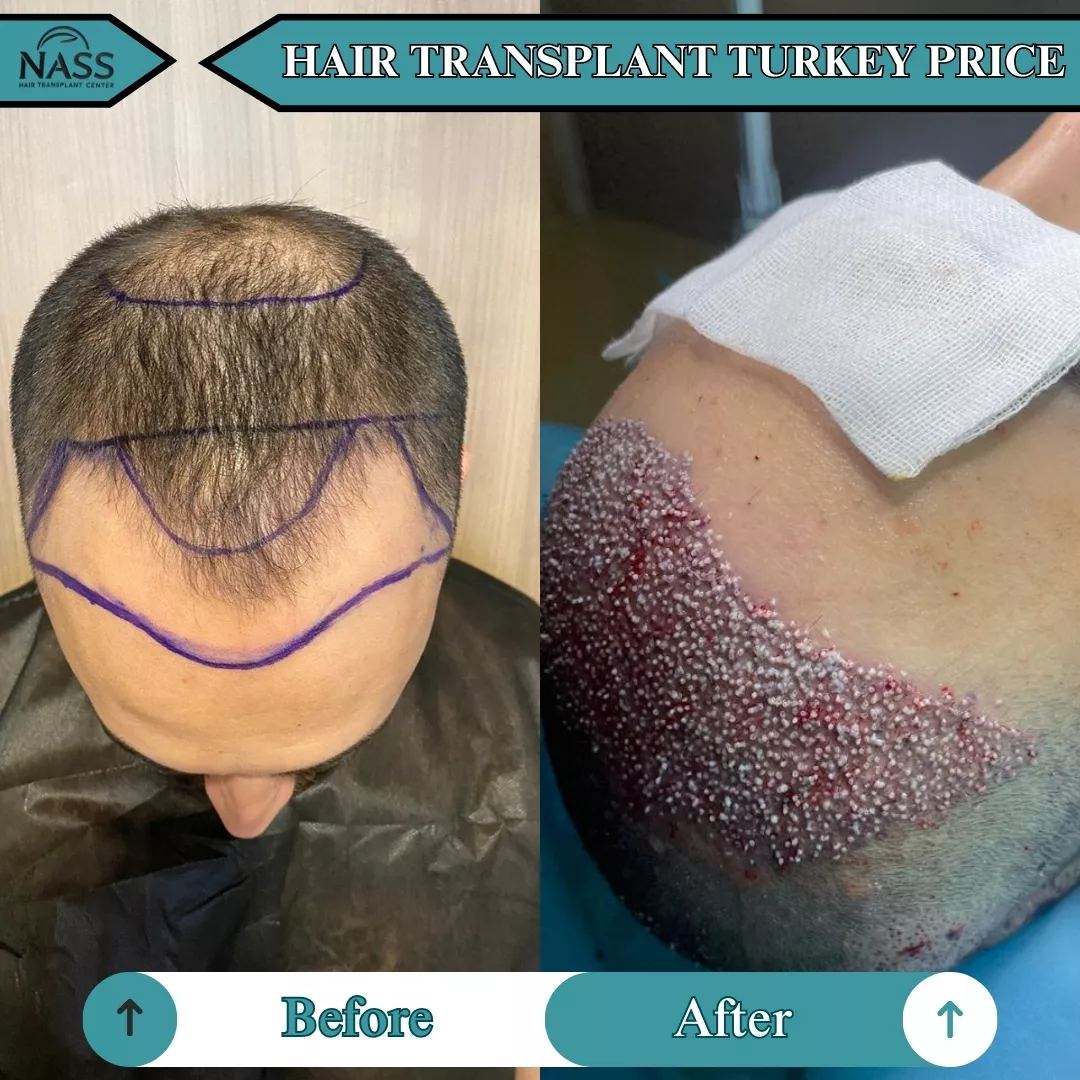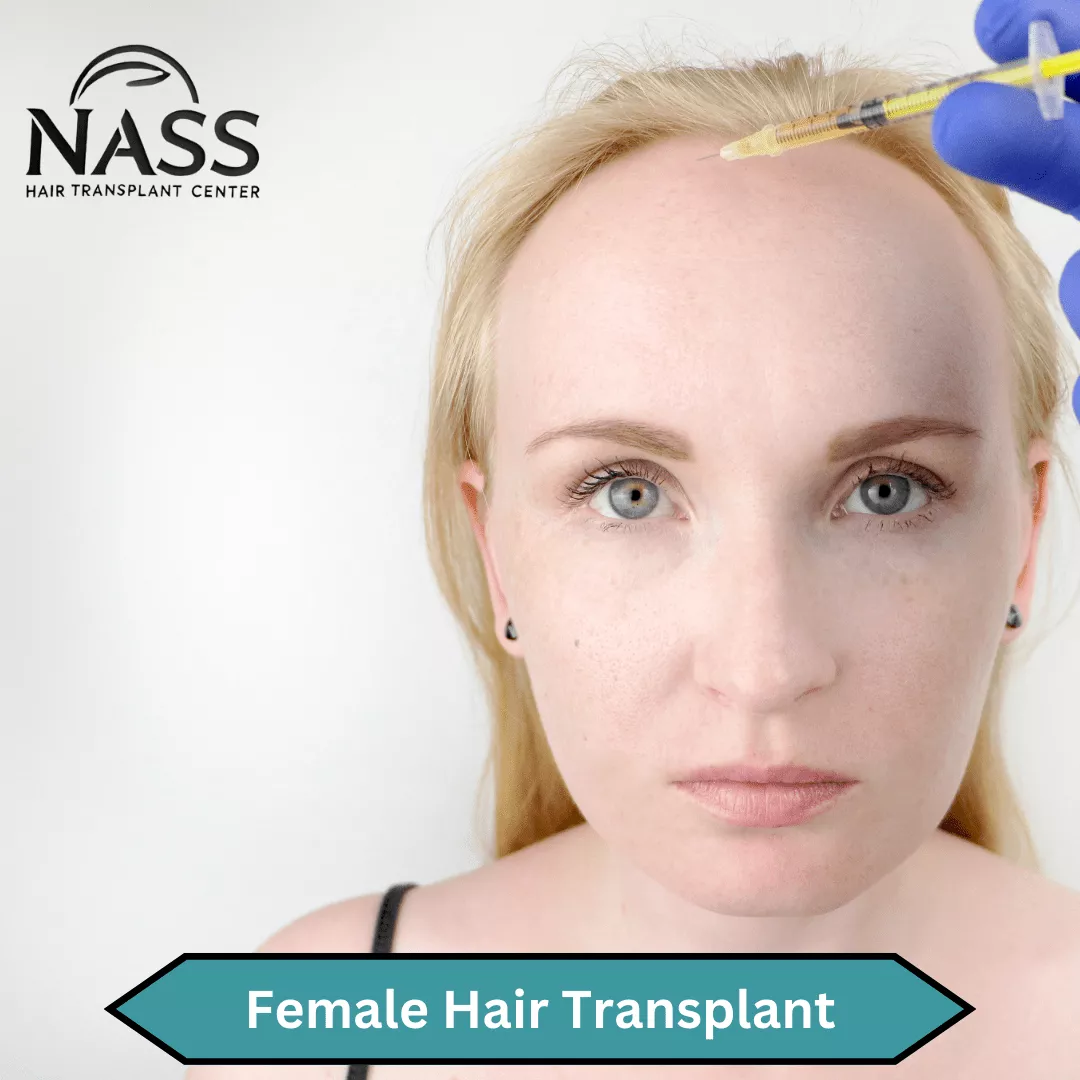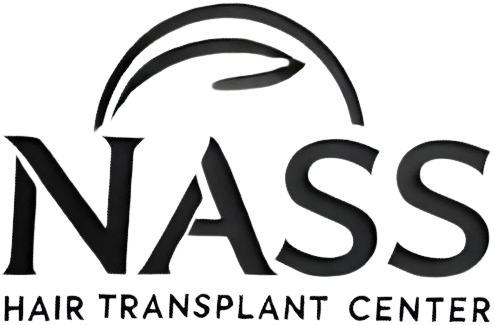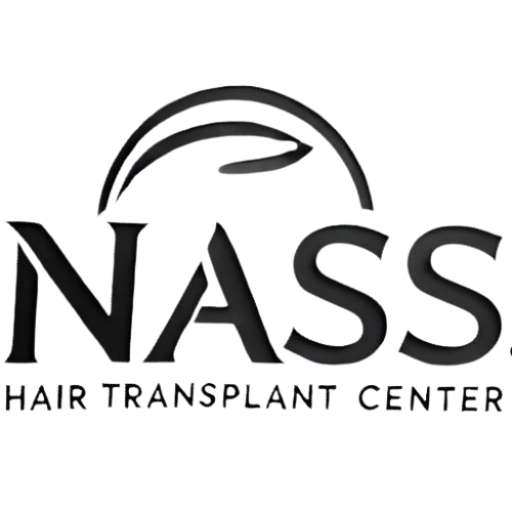DHI Hair Transplants: Everything You Need to Know About the Latest Hair Restoration Technique
Losing hair can be a distressing experience for both men and women. Fortunately, there’s a cutting-edge solution that’s gaining popularity—DHI Hair Transplants. This method offers a more precise and minimally invasive approach to hair restoration. Unlike traditional hair transplants, DHI Hair Transplants involve the direct implantation of hair follicles, which means less scarring and faster recovery.
In this article, we’ll explore what makes DHI Hair Transplants different, why it’s considered one of the most advanced methods in hair restoration, and how the process works step-by-step. If you’re considering this procedure, read on to find out if DHI is right for you.

Key Takeaways
- DHI Hair Transplants use a direct implantation method that offers more precision and a quicker recovery than other hair transplant methods.
- The process involves no incisions, which leads to minimal scarring and a more natural-looking result.
- Ideal for individuals with thinning hair or pattern baldness who are seeking a permanent solution.
- While the cost of DHI is typically higher than other methods, the benefits often outweigh the price for many patients.
What is DHI Hair Transplant?
DHI Hair Transplants, or Direct Hair Implantation, is a highly advanced technique used for restoring hair. The process involves extracting individual hair follicles from a donor area and implanting them directly into the balding or thinning areas of the scalp.
Unlike other hair transplant methods like FUE (Follicular Unit Extraction) or FUT (Follicular Unit Transplantation), DHI doesn’t require the creation of incisions or channels before implantation. Instead, the hair follicles are placed directly using a specialized tool called the Choi Implanter Pen.
The result? A more natural-looking hairline and reduced risk of scarring or complications. Many clinics are now offering DHI Hair Transplants because of its high success rate and the ability to achieve precise results.
How Does the DHI Process Work?
Step-by-Step Overview
The DHI Hair Transplant process consists of three main steps:
-
Hair Follicle Extraction:
Using a fine, specialized tool, hair follicles are removed from the donor area, typically at the back or sides of the scalp. This part of the procedure is similar to FUE but is done with greater precision. -
Direct Implantation:
The extracted follicles are then implanted directly into the recipient area using the Choi Implanter Pen. This tool allows the surgeon to place the hair follicles without the need for creating incisions or holes, which results in a faster and less invasive process. -
Recovery:
Since the procedure is minimally invasive, patients experience a shorter recovery period compared to traditional transplant methods. The implanted follicles start to grow after a few months, with full results visible in 12-18 months.
Tools Used in DHI Hair Transplant
The most significant tool in the DHI Hair Transplant process is the Choi Implanter Pen. This tool enables the surgeon to control the depth, angle, and direction of each implanted follicle, allowing for a more natural-looking result.
The precision offered by the Choi Implanter Pen is what sets DHI Hair Transplants apart from other methods. By ensuring each follicle is placed with exact precision, the risk of complications is minimized, and the graft survival rate is higher.
Related Reading: Prepping for Your Hair Transplant: What to Expect – How to get ready for your consultation and procedure.
Benefits of DHI Hair Transplants
If you’re considering DHI Hair Transplants, it’s important to understand the advantages they offer over traditional methods:
-
Faster Recovery:
Since there are no incisions, the recovery process is much quicker than with FUE or FUT. Most patients can resume their daily activities within a few days. -
Minimal Scarring:
With DHI Hair Transplants, the lack of incisions means there is minimal scarring. This makes it an excellent option for individuals concerned about visible scars on their scalp. -
Higher Graft Survival Rate:
The direct implantation method ensures a higher survival rate for the transplanted follicles, leading to more consistent and long-lasting results. -
Natural-Looking Hairline:
The ability to control the angle, depth, and placement of each follicle means that DHI Hair Transplants offer a more natural-looking hairline than other methods.
Related Reading: Post-Transplant Recovery: What to Expect – Tips on how to take care of your scalp after the procedure.
Ideal Candidates for DHI Hair Transplants
DHI Hair Transplants aren’t suitable for everyone. However, they’re an excellent option for:
- Individuals suffering from pattern baldness or thinning hair.
- Those who want a minimally invasive procedure with little to no scarring.
- People who are looking for a permanent solution to hair loss.
- Patients with enough healthy donor hair to support the transplant.
Men and women can both benefit from this procedure, though men with male-pattern baldness are typically the most common candidates.
Related Reading: FUE Hair Transplants: A Detailed Guide – How FUE compares to DHI.
DHI vs FUE Hair Transplants: Which is Better?
When comparing DHI Hair Transplants to the popular FUE (Follicular Unit Extraction) method, there are several factors to consider. Both methods are widely used for hair restoration, but they differ in their approach, recovery, and results.
Differences in Procedure
-
DHI:
The surgeon uses a Choi Implanter Pen to directly implant the extracted hair follicles into the scalp without creating any incisions or channels. This ensures more precise placement, resulting in a natural-looking hairline. -
FUE:
In FUE, hair follicles are extracted and then manually placed into tiny incisions or holes made in the scalp. While effective, the procedure often requires more time and may leave small scars where the follicles were implanted.
Healing Time and Scarring
-
DHI:
Thanks to the minimally invasive nature of DHI Hair Transplants, patients generally experience faster recovery times. Scarring is minimal since no incisions are made, making it ideal for those who prefer less downtime. -
FUE:
FUE also offers faster recovery compared to traditional strip methods, but due to the incisions made in the recipient area, the healing process might take slightly longer than with DHI. Small, dot-like scars may be visible.
Cost Comparison
Both DHI and FUE procedures are costly, but DHI tends to be slightly more expensive due to the specialized tools and the precision required. However, many patients feel that the extra cost is worth it, especially considering the natural results and minimal recovery time.
Related Reading: FUE Hair Transplants: A Comprehensive Guide – Learn more about how FUE works and its benefits.
DHI Hair Transplant Cost Breakdown
The cost of DHI Hair Transplants can vary greatly depending on several factors:
-
Geographic Location:
The price of a DHI Hair Transplant can differ based on where the procedure is done. For example, clinics in countries like Turkey or India might offer the procedure at a fraction of the cost compared to clinics in the USA or Europe. -
Surgeon Expertise:
The skill and experience of the surgeon performing the procedure also play a significant role in determining the cost. Surgeons with more experience tend to charge more, but this often translates into better results. -
Number of Grafts Needed:
The more hair follicles or grafts required, the higher the cost. This is often determined during your consultation based on the extent of hair loss.
Typical Cost Ranges
- USA: $8,000 – $15,000
- Turkey: $2,000 – $4,000
- UK: £5,000 – £10,000
While DHI Hair Transplants may seem expensive, many patients consider it a worthwhile investment due to the natural-looking results and long-lasting effects.
Related Reading: Hair Transplant Financing Options – Learn more about how to finance your hair transplant procedure.
Recovery and Aftercare for DHI Hair Transplants
What to Expect During Recovery
One of the major benefits of DHI Hair Transplants is the relatively short recovery period. Since no incisions or stitches are required, most patients can return to their regular routine within a few days.
Here’s what you can expect post-procedure:
- Day 1-2: Mild swelling and redness in the treated area. Patients are usually able to resume light activities.
- Day 3-7: Scabs may form around the implanted follicles. Avoid touching or scratching the scalp during this period.
- Week 2-4: The transplanted hair may start to shed. This is a natural part of the process called “shock loss,” and new hair will start to grow soon.
- Months 3-6: New hair growth becomes visible. The transplanted follicles begin to take root and produce healthy hair.
- Months 12-18: Full results of the DHI Hair Transplant are usually visible by this time. Patients will see thicker, more natural-looking hair in the treated areas.
Aftercare Tips
To ensure the best results, follow these aftercare tips:
- Avoid direct sunlight on the treated area for at least two weeks.
- Refrain from strenuous physical activity for the first few days.
- Use only the products recommended by your surgeon to avoid irritation.
Related Reading: Hair Transplant After Care Tips – How to take care of your scalp after a hair transplant.
Common Side Effects and Risks of DHI Hair Transplants
Although DHI Hair Transplants are considered safe and effective, like any medical procedure, there are potential side effects:
- Mild Swelling: Around the forehead or treated area, usually subsides within a few days.
- Itching: Common during the healing process, but patients should avoid scratching to prevent infection.
- Temporary Shedding: Known as shock loss, the initial shedding of transplanted hair is normal and temporary.
Rarely, some patients may experience more serious complications, such as infection or prolonged scalp irritation, but these cases are rare when the procedure is performed by an experienced surgeon.
Related Reading: Minimizing Hair Transplant Side Effects – How to avoid complications after your procedure.
Long-Term Results and Maintenance of DHI Hair Transplants
One of the most significant benefits of DHI Hair Transplants is the long-lasting nature of the results. However, to maintain healthy hair growth and ensure the longevity of your transplant, there are several key factors to keep in mind.
How Long Do DHI Hair Transplant Results Last?
The results of a DHI Hair Transplant are considered permanent. This is because the hair follicles transplanted to the recipient area are genetically resistant to balding. Once implanted, these follicles continue to grow like natural hair.
However, while the transplanted hair is permanent, patients may continue to experience hair loss in other areas of the scalp if they have a condition like male-pattern baldness. In such cases, follow-up treatments may be necessary to maintain a full head of hair.
How to Maintain Your Hair After a DHI Transplant
- Post-Transplant Care: Proper scalp care immediately following the transplant is crucial. Avoid shampooing your hair for the first few days and follow your surgeon’s aftercare recommendations.
- Healthy Lifestyle: A diet rich in vitamins and minerals, especially those known to promote hair health (like Biotin, Vitamin E, and Omega-3 fatty acids), can support long-term growth.
- Avoid Excessive Heat and Styling: After your hair transplant, avoid using excessive heat (blow dryers, curling irons) or harsh chemical treatments that can damage your new hair.
Success Stories and Testimonials from DHI Hair Transplants
Hearing real-life experiences can help potential patients make more informed decisions. DHI Hair Transplants have delivered remarkable results for countless individuals. Here are a few testimonials from people who’ve undergone the procedure:
Case 1: John’s Journey from Balding to Bold
John, a 35-year-old IT professional, had been struggling with male-pattern baldness for years. He decided to try DHI Hair Transplants after seeing a friend’s successful results. Here’s what John had to say:
“The procedure was much smoother than I expected. I had minimal downtime and was back at work within a few days. Six months in, the results were amazing—my hairline was fuller, and I looked years younger!”

Case 2: Sarah’s DHI Experience
Sarah, a 42-year-old woman, had experienced thinning hair due to hormonal changes. After researching various options, she opted for DHI Hair Transplants. Her testimonial:
“I was nervous at first, but the process was quick and easy. The precision of the DHI method gave me natural results that I absolutely love. It has made a huge difference in my confidence!”
These testimonials highlight how DHI Hair Transplants have transformed people’s lives, helping them regain their confidence and look their best.

The Future of Hair Transplant Technology
Hair restoration technology has come a long way in recent years, and DHI Hair Transplants represent one of the most advanced methods available today. But what does the future hold for hair transplant technology?
Emerging Trends in Hair Restoration
- Stem Cell Therapy: Researchers are exploring the potential of stem cell treatments to regenerate hair follicles, which could revolutionize the field of hair restoration.
- Robotic Hair Transplants: Some clinics are now using robotic systems to assist surgeons during the procedure, increasing precision and reducing human error.
- Gene Therapy: Scientists are investigating the role of genetics in hair loss and how gene therapy could be used to prevent or even reverse hair loss at a cellular level.
While DHI Hair Transplants are currently one of the best options available, future developments may offer even more efficient and less invasive methods for treating hair loss.
Related Reading: The History of Hair Transplants Techniques – Discover how hair transplants have changed over time.
Conclusion
DHI Hair Transplants offer an innovative solution for anyone dealing with hair loss. With faster recovery, natural results, and minimal scarring, it’s no wonder this method is gaining popularity worldwide. By using advanced tools like the Choi Implanter Pen, surgeons can provide patients with a hairline that looks and feels natural.
For those considering hair restoration, DHI Hair Transplants are definitely worth exploring. Remember to consult with a qualified surgeon to ensure you’re a good candidate for the procedure.
Source
- Hair Transplant Overview – WebMD
- FUE Hair Transplant Explained – Healthline
- DHI Global Medical Group – Official Website
Related
FAQs
The success rate of DHI Hair Transplants is very high, often above 95%, especially when performed by an experienced surgeon. The precision of the Choi Implanter Pen allows for better control, which leads to higher graft survival rates and natural-looking results.
After a DHI Hair Transplant, you can expect to see initial hair growth in about 3-4 months. The full results typically take 12-18 months to become visible, as the newly implanted hair follicles grow and thicken over time.
No, the procedure itself is relatively painless because local anesthesia is applied to both the donor and recipient areas. Some patients may experience mild discomfort during recovery, but this can usually be managed with over-the-counter pain relief.
Yes, DHI Hair Transplants are suitable for both men and women. Women experiencing hair thinning or localized bald patches can benefit greatly from the precision and natural results that DHI offers.

